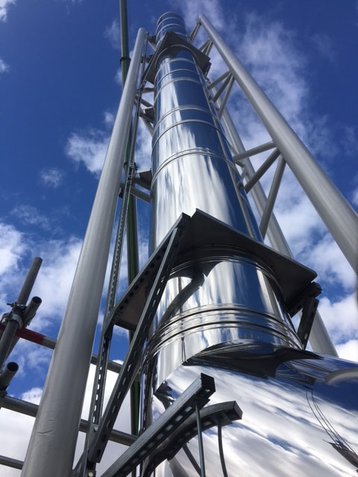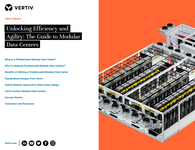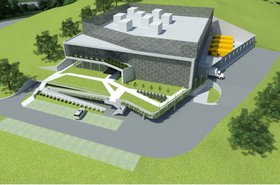From 2015 to 2021, data center workloads increased by 260 percent. This trend will continue, if not increase further, driving demand for new data centers in key markets across the world.
But construction in this sector faces a huge challenge. According to Savills, planned data center development across Europe needs to more than double by 2025 to keep pace with new users, restating the need for effective project management with minimal delays. Despite this, a key part of the build and commissioning process continues to be overlooked – the flue.
Simple but significant
The seemingly simple role of a flue means its significance is often overlooked. However, they are key to designing out problems during construction, not to mention essential for owners and operators when uptime is threatened.
Tier IV classification, for instance, can only be achieved when a facility can prove a sufficient level of fault tolerance. Flues are central to demonstrating that concept, allowing backup generators to run smoothly in the event of a mains outage.
But chimneys are also mission-critical for the construction of data centers, and factoring them in at the earliest point is important for minimizing delays and anticipating problems before they affect the project’s timeline.
Timing is key. If the incorrect product is specified or installed at the wrong point, it will likely impact the installation of other key building services. This pushes back commissioning and risks late handover to the owner or operator, damaging the reputation of businesses that often win work in this sector based on reputation alone.
Following the critical path
Being inexpensive in the context of a wider build, flues are often left until the last minute in new data center projects. This is a mistake. At Schiedel, we advocate a ‘flue first’ approach, incorporating it into the building’s critical path. Why? Because engaging a flue specialist at the earliest point means problems are less likely to occur ahead of handover.
Treating flue installation as an afterthought often leads to on-site contractor clashes and remedial action to fit a chimney around other building services. It’s not uncommon, for example, to find HVAC equipment or power cables running across the route where a chimney is meant to be installed. Thinking 'flue-first' avoids this stumbling block.
The capabilities and specifications of the flue itself are also crucial to the success of any new data center project. There should be a joint design approach between the OEM specialist and contractor, ensuring sufficient testing is completed ahead of installation. This issue is growing in importance as data centers move closer to urban areas to lower latency. Research shows outages are growing in length, meaning generators are running for longer near residential areas. Chimneys that are not up to the job will spread harmful fumes and fail to manage the noise created by backup power. Clearly, this is an untenable situation for any business taking ownership of a new data center.
Getting the flue right the first time ultimately avoids complications once a data center is live, providing reassurance to owners and operators. If the power does go out, there is a good level of redundancy supported by the flue, in turn avoiding expensive remedial work later down the line. By following the critical path recurring yet easily avoidable issues can be designed out of data center projects for good. This will allow contractors to be paid on time, free up time for other projects necessary to meet development targets, and provide owners and operators with a more resilient facility.





